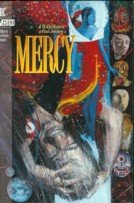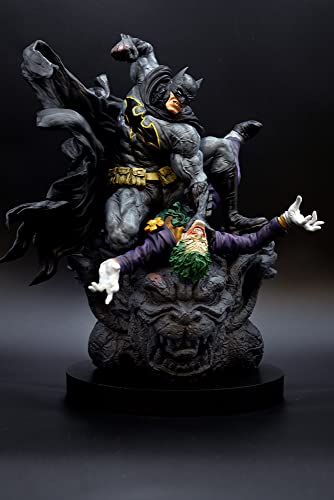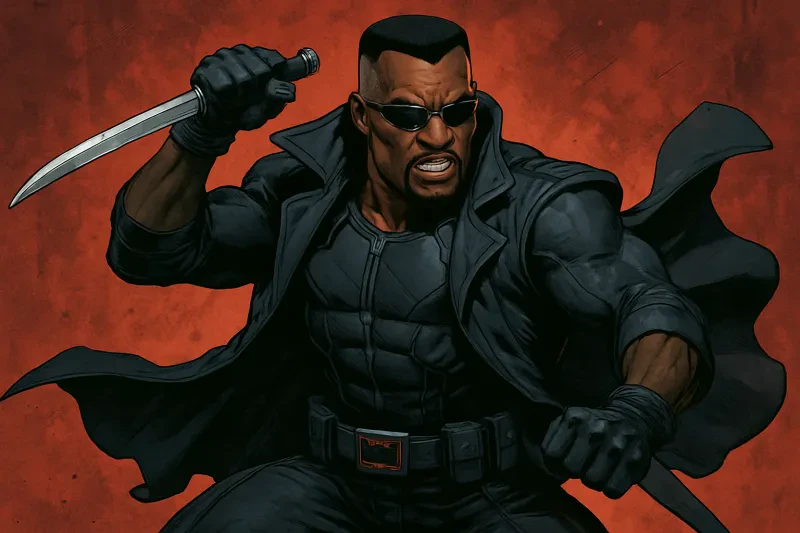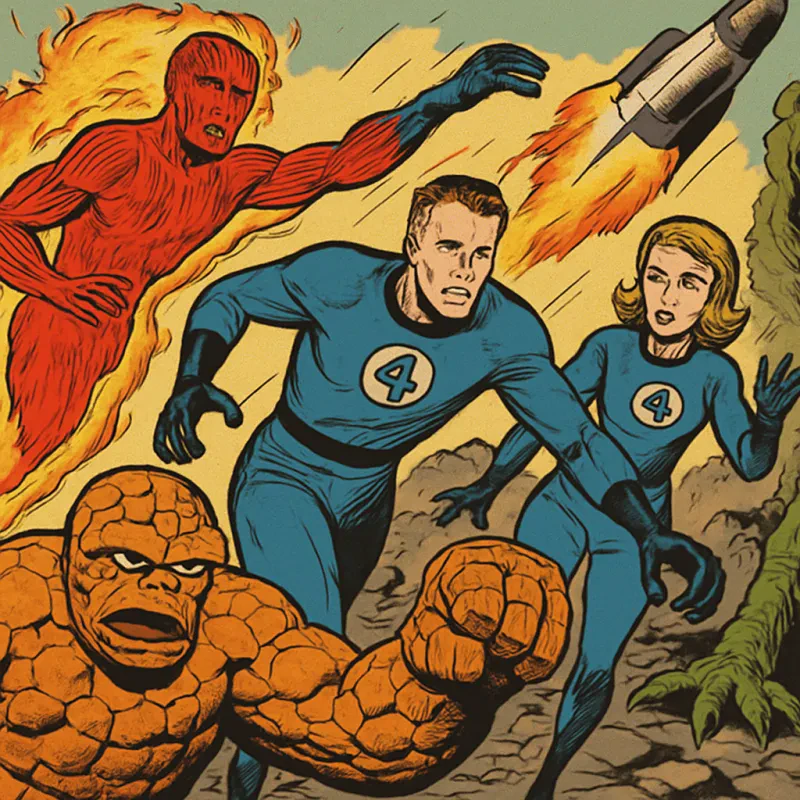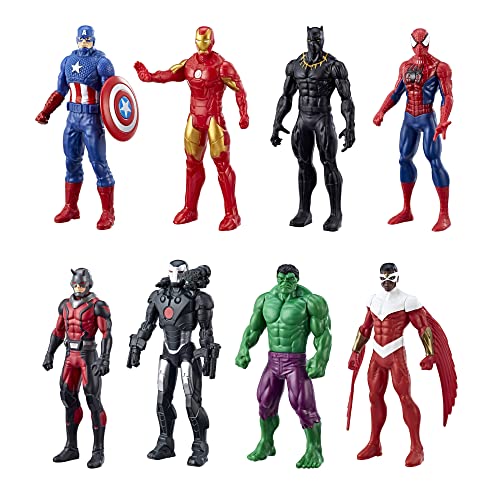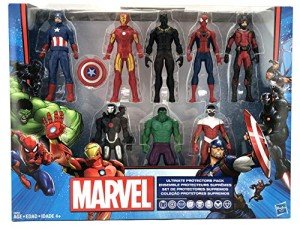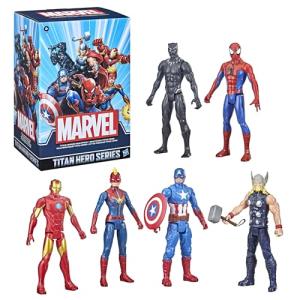DC Comics is a powerhouse in the world of popular culture, with a rich history that has shaped the superhero genre and captivated audiences for decades. From the iconic characters of Superman and Batman to the groundbreaking storylines that have pushed the boundaries of storytelling, DC Comics has left an indelible mark on the world of comics, movies, and television. Understanding the origin story of DC Comics is crucial for fans and newcomers alike, as it provides insight into the evolution of the superhero genre and the cultural impact of these beloved characters.
The Early Days of DC Comics: From Humble Beginnings to Superhero Domination
DC Comics was founded in 1934 as National Allied Publications, initially publishing a variety of genres including adventure, detective, and humor comics. However, it was not until the introduction of Superman in Action Comics #1 in 1938 that DC Comics truly began its ascent to superhero domination. Created by writer Jerry Siegel and artist Joe Shuster, Superman quickly became a cultural phenomenon, capturing the imagination of readers with his incredible powers and strong moral compass.
Following the success of Superman, DC Comics introduced another iconic character in 1939: Batman. Created by writer Bill Finger and artist Bob Kane, Batman offered a darker and more grounded take on the superhero genre. With his tragic backstory and detective skills, Batman resonated with readers and became an instant hit. The introduction of these two superheroes set the stage for DC Comics' future success.
The impact of World War II on DC Comics cannot be overstated. During this time, superheroes became symbols of hope and inspiration for readers who were looking for escapism from the harsh realities of war. DC Comics capitalized on this by introducing characters like Wonder Woman, The Flash, Green Lantern, and many others who fought against evil and stood up for justice. These characters not only entertained readers but also served as symbols of American values during a tumultuous time in history.
The Creation of Superman: How a Man of Steel Changed the Comic Book Industry Forever
Superman's creation is a story of perseverance and determination. Jerry Siegel and Joe Shuster, two young aspiring writers and artists, first came up with the idea for Superman in the early 1930s. Inspired by the pulp heroes of the time, they crafted a character who possessed incredible strength, the ability to fly, and a strong sense of justice.
Superman Statue from DC Comic Gallery
Capture the power and might of Superman with this stunning DC Comic Gallery statue
Product information
$499.90
Product Review Score
4.29 out of 5 stars
224 reviewsProduct links
When they finally sold the rights to Superman to DC Comics, little did they know that they were creating a character who would revolutionize the comic book industry. Superman's debut in Action Comics #1 marked the birth of the superhero genre as we know it today. His popularity soared, and he quickly became an American icon.
However, the story of Superman's ownership is not without controversy. In later years, Siegel and Shuster fought legal battles with DC Comics over the rights to their creation. It was not until the 1970s that they were able to regain some control over Superman, but their struggle highlighted the complex relationship between creators and publishers in the comic book industry.
The Dynamic Duo: Batman and Robin's Impact on DC Comics
While Superman may have been the first superhero to capture the hearts of readers, it was Batman who brought a new level of darkness and complexity to the genre. Created by Bill Finger and Bob Kane, Batman made his debut in Detective Comics #27 in 1939.
Unlike Superman, Batman had no superpowers. Instead, he relied on his intellect, physical prowess, and an array of gadgets to fight crime in Gotham City. With his tragic origin story and brooding personality, Batman struck a chord with readers who were drawn to his relentless pursuit of justice.
Over the years, Batman's character has evolved significantly. From the camp portrayal in the 1960s television series to the gritty and realistic interpretation in Christopher Nolan's Dark Knight trilogy, Batman has proven to be a versatile character who can adapt to different storytelling styles. His popularity has only grown with time, making him one of the most recognizable and beloved superheroes in the world.
DC Comics Batman Damned Vinimate Vinyl Figure (Multicolor)
Featuring the Dark Knight in Stunning Multicolor Detail
Product information
$13.55
Product Review Score
4.47 out of 5 stars
192 reviewsProduct links
Batman's impact on DC Comics and popular culture cannot be overstated. He has inspired countless adaptations in movies, television shows, and video games, and his symbol has become synonymous with justice and heroism. Whether it's his iconic rogues' gallery or his complex relationship with his sidekick Robin, Batman continues to captivate audiences and push the boundaries of what a superhero can be.
The Rise of Wonder Woman: A Feminist Icon in a Male-Dominated Industry
In a male-dominated industry, Wonder Woman emerged as a feminist icon who challenged gender norms and empowered women around the world. Created by psychologist William Moulton Marston and artist Harry G. Peter, Wonder Woman made her debut in All Star Comics #8 in 1941.
Marston, who believed in the power of women and their ability to bring about peace, infused Wonder Woman's character with feminist themes. She was depicted as a strong and compassionate warrior who fought for justice and equality. With her lasso of truth and bulletproof bracelets, Wonder Woman became a symbol of female empowerment at a time when women were fighting for their rights.
Wonder Woman Statue by Jenny Frison
Collectible Wonder Woman Statue by Jenny Frison - a must-have for any true fan of the Amazonian warrior
Product information
$265.99
Product Review Score
4.87 out of 5 stars
142 reviewsProduct links
Wonder Woman's impact on DC Comics and popular culture cannot be overstated. She was one of the first female superheroes to have her own comic book series, paving the way for future generations of female heroes. Her popularity soared in the 1970s with the hit television series starring Lynda Carter, further cementing her status as an icon.
Today, Wonder Woman continues to inspire audiences through her appearances in movies like "Wonder Woman" (2017) and "Justice League" (2017). Her character represents strength, compassion, and the belief that women can be powerful heroes in their own right.
The Flash and Green Lantern: Exploring DC Comics' Lesser-Known Heroes
While Superman, Batman, and Wonder Woman may be the most recognizable characters in the DC Comics universe, there are many other heroes who have made significant contributions to the superhero genre. Two such heroes are The Flash and Green Lantern.
The Flash, also known as the Scarlet Speedster, first appeared in Flash Comics #1 in 1940. Created by writer Gardner Fox and artist Harry Lampert, The Flash possessed superhuman speed, allowing him to move at incredible velocities. Over the years, several characters have taken up the mantle of The Flash, each bringing their own unique personality and powers to the role.
The Flash Lightning Speed T-Shirt - DC Comics
Feel the power of lightning speed with The Flash T-Shirt from DC Comics!
Product information
$22.99
Product Review Score
4.91 out of 5 stars
175 reviewsProduct links
Green Lantern, on the other hand, made his debut in All-American Comics #16 in 1940. Created by writer Bill Finger and artist Martin Nodell, Green Lantern possessed a power ring that could create anything he imagined. Like The Flash, there have been multiple characters who have taken on the role of Green Lantern, each representing a different sector of the universe.
While The Flash and Green Lantern may not have the same level of recognition as Superman or Batman, they have had a significant impact on DC Comics. Their stories have explored themes of responsibility, sacrifice, and the power of imagination. They have also been members of the Justice League, further solidifying their place in the superhero pantheon.
The Justice League: How DC Comics Brought Together the World's Greatest Superheroes
The Justice League is a team of superheroes who have come together to protect Earth from threats too big for any one hero to handle. The team was first introduced in The Brave and the Bold #28 in 1960 and has since become an integral part of DC Comics' mythology.
The original lineup of the Justice League included Superman, Batman, Wonder Woman, The Flash, Green Lantern, Aquaman, and Martian Manhunter. Over the years, the team has expanded to include other heroes such as Green Arrow, Black Canary, Hawkgirl, and many more.
The Justice League's impact on DC Comics and popular culture cannot be overstated. They have been the subject of numerous comic book storylines, animated television shows, and blockbuster movies. The team represents the best of what DC Comics has to offer: a diverse group of heroes with different powers and personalities who come together to fight for justice.
The Justice League has also evolved over the years, reflecting the changing times and cultural shifts. They have faced internal conflicts, dealt with personal tragedies, and overcome seemingly insurmountable odds. Through it all, they have remained a symbol of hope and unity in a world that often feels divided.
The Silver Age of Comics: DC's Evolution in the 1950s and 60s
The Silver Age of Comics, which spanned from the late 1950s to the early 1970s, was a period of significant change and innovation for DC Comics. During this time, the company introduced new characters and storylines that would shape the future of the superhero genre.
One of the most notable changes during the Silver Age was the reintroduction of classic characters like The Flash and Green Lantern. However, these characters were given new origins and updated powers to reflect the changing times. This revitalization of classic characters paved the way for future reinterpretations and reboots.
DC Comics Rare Archives - Volume 01
Explore the iconic DC Comics Rare Archives in Volume 01!
Product information
$75.00 $45.00
Product Review Score
4.35 out of 5 stars
88 reviewsProduct links
The Silver Age also saw the introduction of new characters who would go on to become fan favorites. Characters like Aquaman, Green Arrow, and Supergirl were given their own comic book series and became integral parts of the DC Comics universe. These characters brought new perspectives and powers to the superhero genre, expanding its scope and appeal.
The impact of the Silver Age on DC Comics and popular culture cannot be overstated. The era introduced a new generation of readers to the world of superheroes and set the stage for future innovations in storytelling. The Silver Age also laid the groundwork for future events like Crisis on Infinite Earths, which would reshape the DC Universe in profound ways.
Crisis on Infinite Earths: The Game-Changing Event that Reshaped the DC Universe
Crisis on Infinite Earths, a 12-issue limited series published in 1985, was a game-changing event that reshaped the DC Universe. Written by Marv Wolfman and illustrated by George Pérez, Crisis on Infinite Earths was an ambitious crossover event that brought together characters from different universes and timelines.
The storyline of Crisis on Infinite Earths revolved around the Anti-Monitor, a powerful being who sought to destroy the multiverse. As heroes from different Earths came together to fight this cosmic threat, entire universes were destroyed, and characters were forever changed.
Justice League: Crisis on Infinite Earths, Part One BD [Blu-ray]
Product information
$21.99
Product Review Score
4.74 out of 5 stars
172 reviewsProduct links
The impact of Crisis on Infinite Earths on DC Comics and its characters was profound. The event streamlined the DC Universe, eliminating multiple universes and timelines in favor of a single continuity. This allowed for greater storytelling opportunities and made it easier for readers to follow the interconnected narratives.
Crisis on Infinite Earths also had lasting effects on individual characters. For example, Barry Allen, who had been The Flash since the Silver Age, sacrificed himself to save the universe during the event. This act of heroism had a profound impact on the DC Universe and set the stage for future stories.
The legacy of Crisis on Infinite Earths in the DC Universe is still felt today. It paved the way for future crossover events like Infinite Crisis and Final Crisis, which continued to reshape the DC Universe. It also established a tradition of epic storytelling that has become a hallmark of DC Comics.
The Dark Knight Returns: How Frank Miller's Batman Redefined the Character and the Genre
In 1986, writer and artist Frank Miller released The Dark Knight Returns, a four-issue miniseries that redefined Batman and the superhero genre as a whole. Set in a dystopian future where an aging Bruce Wayne comes out of retirement to fight crime once again, The Dark Knight Returns offered a gritty and realistic take on the character.
The storyline of The Dark Knight Returns explored themes of aging, morality, and the nature of heroism. It presented a Batman who was willing to go to extreme lengths to protect Gotham City, even if it meant breaking his own moral code. This darker interpretation of Batman resonated with readers and critics alike, and it became an instant classic.
The impact of The Dark Knight Returns on Batman and the comic book industry cannot be overstated. It ushered in a new era of storytelling that embraced mature themes and complex characters. It also inspired future creators to take risks and push the boundaries of what a superhero comic could be.
The legacy of The Dark Knight Returns can be seen in subsequent Batman stories, as well as in other comics that have been influenced by its dark and gritty tone. It has also been adapted into animated films and served as inspiration for Christopher Nolan's Dark Knight trilogy. The Dark Knight Returns remains a seminal work in the superhero genre and a testament to the enduring power of Batman.
The Birth of Vertigo: DC's Bold Experiment in Mature Comics
In the late 1980s, DC Comics launched Vertigo, an imprint that focused on mature and sophisticated storytelling. Vertigo was a bold experiment that pushed the boundaries of what comics could be, tackling complex themes and exploring genres beyond superheroes.
Mercy Comic by D.C. Vertigo - Graphic Novel
Explore the dark and thrilling world of the Mercy comic by D.C. Vertigo in this captivating graphic novel
Product information
$8.77
Product Review Score
4.46 out of 5 stars
38 reviewsProduct links
Vertigo introduced readers to groundbreaking series like Neil Gaiman's "The Sandman," Alan Moore's "Swamp Thing," and Garth Ennis' "Preacher." These series delved into mythology, horror, and social commentary, offering a fresh and innovative take on the medium.
The impact of Vertigo on the comic book industry and popular culture cannot be overstated. It paved the way for other publishers to explore mature themes and target a more adult audience. It also attracted top-tier talent, including writers and artists who had previously worked exclusively in mainstream superhero comics.
The legacy of Vertigo can still be seen today in the success of independent comics and graphic novels. It demonstrated that comics could be a medium for sophisticated storytelling and helped to break down the stigma associated with the medium.
Batman Vs Joker Sculpt Master Series Limited Edition
Product information
$339.99
Product Review Score
4.77 out of 5 stars
126 reviewsProduct links
The Future of DC Comics: From Reboots to Blockbuster Films, What's Next for the Superhero Universe?
As DC Comics looks to the future, it continues to evolve and innovate. The company has undergone several reboots and relaunches, allowing for new interpretations of classic characters and storylines. These reboots have attracted new readers while also keeping longtime fans engaged.
DC Comics' impact on blockbuster films and television shows cannot be overstated. The success of movies like "Wonder Woman" (2017), "Aquaman" (2018), and "Shazam!" (2019) has proven that there is a hunger for superhero stories on the big screen. DC Comics' characters have also found success on television, with shows like "Arrow," "The Flash," and "Supergirl" capturing the hearts of audiences around the world.
Looking ahead, DC Comics has a wealth of potential for growth and innovation. With new characters being introduced, storylines evolving, and creative talent constantly pushing boundaries, DC Comics is poised to continue captivating audiences and expanding its reach. By embracing diversity, exploring new genres, and leveraging digital platforms, DC Comics can attract a wider audience and stay relevant in an ever-changing entertainment landscape. As the comic book industry evolves, DC Comics has the opportunity to lead the way in shaping the future of storytelling and engaging fans in exciting new ways.
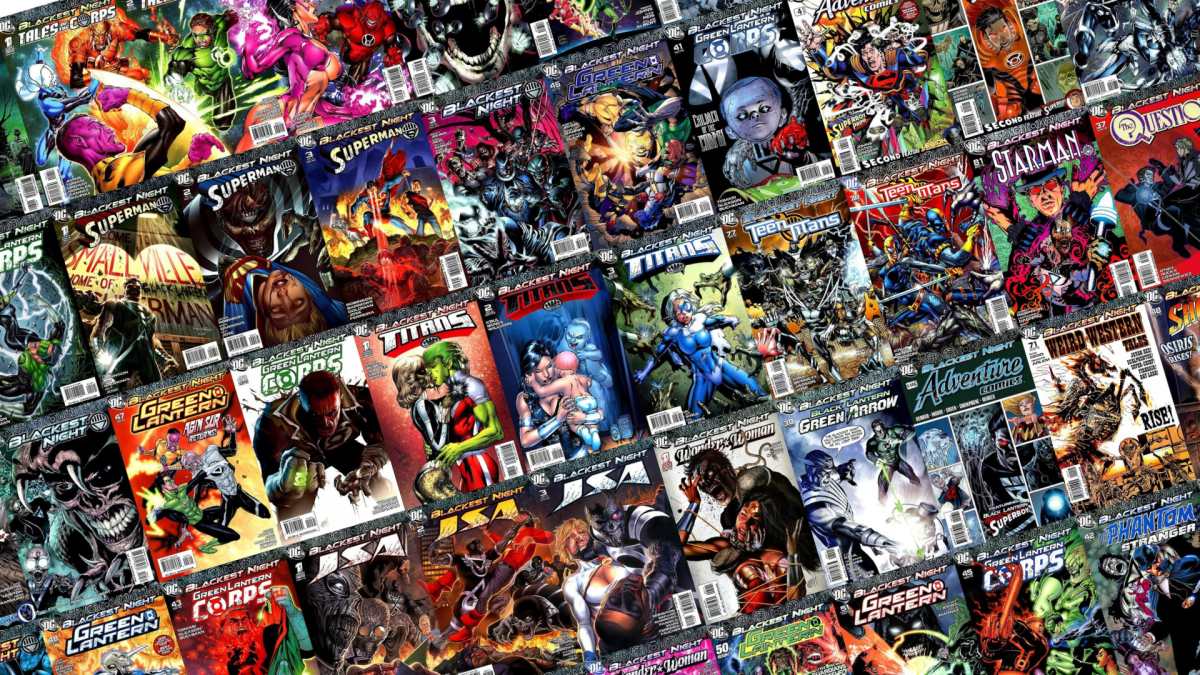
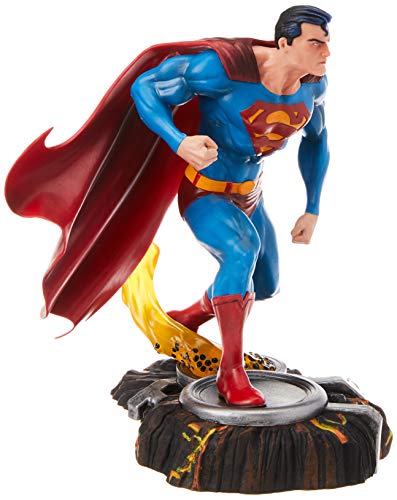
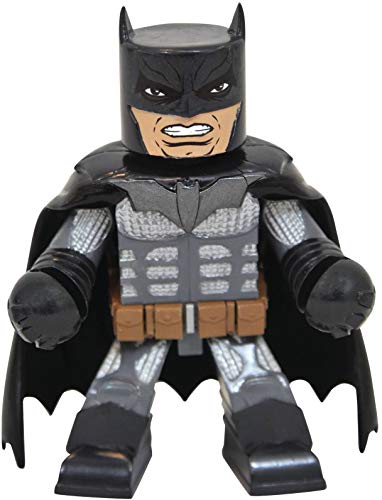
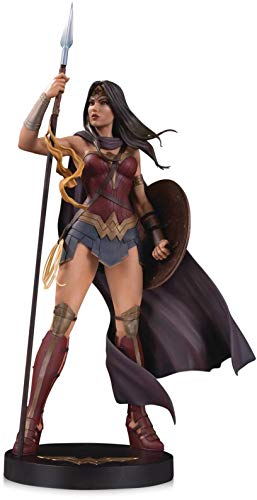
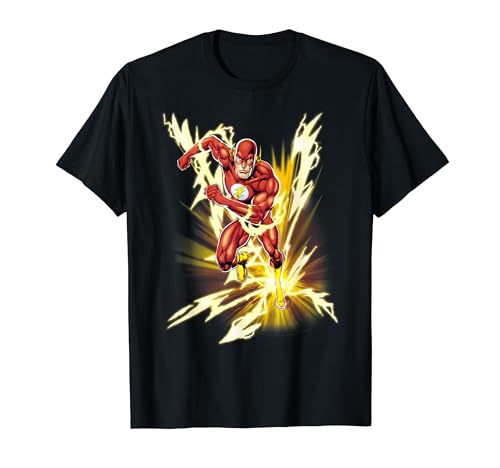
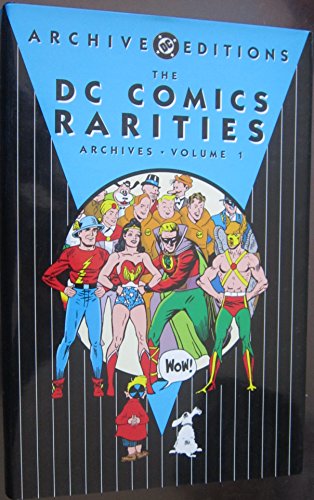
![Justice League: Crisis on Infinite Earths, Part One BD [Blu-ray]](https://cdn.freshstore.cloud/offer/images/7075/42123/justice-league-crisis-on-infinite-earths-part-one-bd-blu-ray-42123.jpg)
